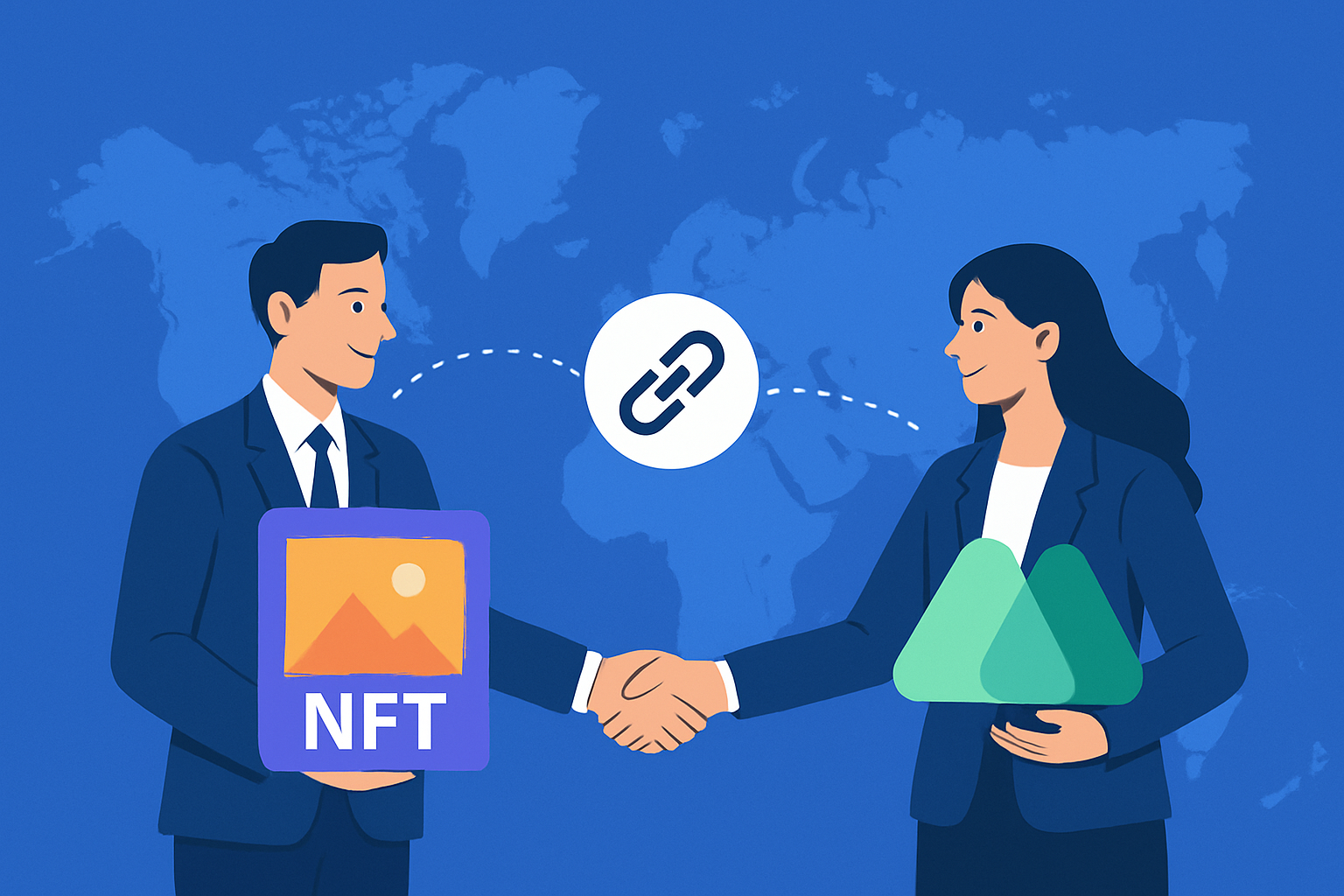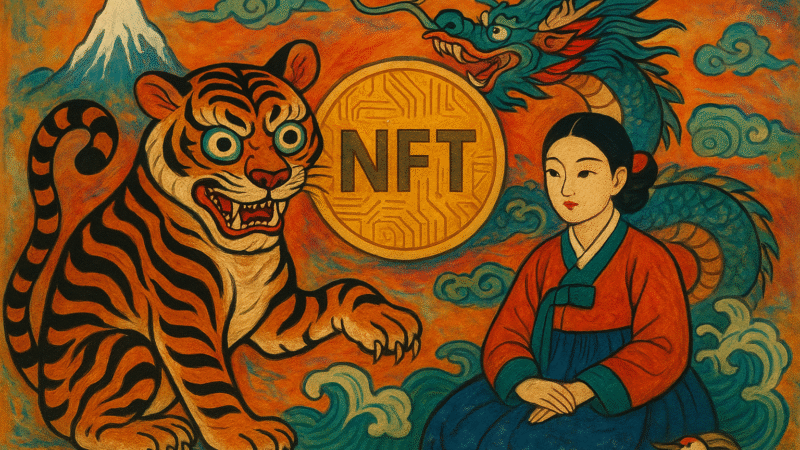NFTs In Gaming And Utility Applications: Exploring The Future Of Digital Ownership
Introduction
The evolution of non fungible tokens has entered a new chapter. After the initial wave of profile picture collections and speculative hype cycles, the NFT ecosystem is steadily maturing. Utility has become the new buzzword and with good reason. Investors, creators, developers and communities are increasingly seeking more meaningful applications of NFTs beyond static art. The idea that digital assets can carry functional value within gaming ecosystems metaverse environments and even real world use cases is taking root. This article explores in depth how gaming and utility driven NFT projects are transforming the landscape of digital ownership, the challenges they face and the opportunities ahead.
From Collectibles To Functionality
The first major boom of NFTs was dominated by collectibles. Projects such as CryptoPunks and Bored Ape Yacht Club became cultural icons primarily for their exclusivity and speculative potential. However this wave also exposed the limitations of NFTs as standalone art pieces. As trading volume declined and the hype cooled, participants began questioning what more NFTs could offer.
Utility quickly emerged as the answer. Instead of functioning solely as a digital image NFTs began to carry roles, access rights and interactive features. A gaming sword stored as an NFT could be used inside a video game traded across platforms or even modified by players. Similarly a virtual concert ticket represented as an NFT could grant access to a digital venue while also serving as a collectible after the event. This shift from mere display to functional use is redefining the purpose of NFTs.
Gaming As The Primary Frontier
Gaming is arguably the most natural home for NFTs. Video games have always dealt with virtual goods ranging from skins and avatars to weapons and currencies. Traditionally these assets were locked inside publisher controlled systems. Players could not freely transfer, sell or own their items outside the game’s ecosystem. NFTs disrupt this model by granting players verifiable ownership and interoperability.
Game developers are now experimenting with NFT integrations that allow items to be used across multiple games. Imagine a sword won in one fantasy game that could also be wielded in another or a vehicle designed for a racing game that also works inside a metaverse platform. This concept known as interoperability has enormous potential to create persistent player identities and economies that transcend individual titles.
The rise of play to earn models in earlier years showcased the appeal of monetizable gaming. While that trend experienced setbacks due to unsustainable tokenomics the underlying concept of rewarding players with assets they truly own continues to resonate. Utility NFTs enable games to design economies where participation effort and achievement translate into value players can carry beyond the game world.
Metaverse Integration And Digital Identity
The metaverse, another frequently discussed concept in Web3 ecosystems, is closely tied to NFTs with a utility focus. Avatar’s real estate fashion and access passes inside digital worlds can all be powered by NFT ownership. This provides a foundation for digital identity allowing individuals to curate their presence in immersive environments with assets they truly control.
For example a user might own an NFT representing a piece of land in a virtual city. That land could host events, shops or galleries all powered by smart contracts. The same user could dress their avatar with NFT based fashion items and carry them across different metaverse platforms if interoperability standards are adopted. This creates a sense of continuity bridging fragmented digital spaces into a cohesive experience.
Digital identity through NFTs also extends beyond appearance. Membership in communities exclusive clubs or even professional groups can be verified through token ownership. This allows NFTs to function as social and professional credentials in addition to digital collectibles.
Real World Applications Of Utility NFTs
Utility NFTs are not limited to gaming and virtual environments. Increasingly projects are finding ways to tie NFTs to tangible real world use cases. This includes ticketing supply chain management real estate and even luxury goods.
Event ticketing is one of the most practical applications. NFTs can replace traditional tickets ensuring authenticity, reducing fraud and enabling resale markets with verifiable provenance. Beyond simply gaining entry to a concert or sports event these NFTs can carry added benefits such as backstage access or exclusive merchandise claims.
In real estate NFTs can represent fractional ownership of property making it easier to trade and invest in assets that were previously illiquid. Luxury brands are exploring NFT certificates that authenticate physical items such as watches, handbags or art pieces offering buyers confidence that their purchase is genuine.
The potential to bridge digital and physical worlds makes utility NFTs especially compelling as they solve real problems while also enhancing user engagement.
Challenges Facing Utility Driven NFT Adoption
Despite the promise of gaming and utility NFTs several challenges remain.
Scalability and Interoperability
Games and metaverse platforms must adopt standards that allow NFTs to move freely across ecosystems. Without universal protocols items may remain siloed replicating the very limitations NFTs were meant to overcome.
Regulatory Uncertainty
NFTs intersect with legal and financial frameworks in complex ways. Governments are still determining how to regulate digital assets especially those tied to real world value. This uncertainty may deter mainstream adoption until clearer guidelines are established.
User Experience
Blockchain technology can be intimidating for non technical users. Wallet setup gas fees and transaction management often create friction. For NFTs to achieve mass adoption these processes must become seamless and invisible to the average player or consumer.
Economic Sustainability
Many early play to earn models collapsed under unsustainable tokenomics. To succeed, utility NFT projects must design balanced economies where value creation is aligned with user enjoyment and long term stability.
Case Studies Of Utility Focused Projects
Several projects are leading the charge in utility driven NFTs.
Immutable and Gods Unchained: A trading card game that allows players to own and trade NFT cards providing a clear use case for ownership within a traditional gaming format.
Axie Infinity Evolution: After setbacks Axie Infinity continues to experiment with sustainable models where in game assets hold genuine utility beyond speculation.
Decentraland and The Sandbox: Both platforms integrate land ownership fashion and event experiences through NFTs creating a foundation for metaverse economies.
Luxury Brand Initiatives: Companies like Nike Adidas and Gucci have launched NFT projects tied to both digital wearables and physical products signaling mainstream corporate interest in utility NFTs.
These examples demonstrate that the industry is moving from theory to practice though challenges of scale and adoption remain.
The Future Of Utility NFTs
Looking forward, the trajectory of NFTs appears less about speculation and more about integration. As developers experiment and refine models the emphasis will increasingly fall on how NFTs improve user experience, solve real problems and create lasting value.
In gaming NFTs could become as commonplace as downloadable content packs are today. Metaverse platforms may adopt shared standards enabling fluid movement of avatars and assets. In the real world NFTs could underpin everyday activities from buying concert tickets to verifying ownership of luxury products.
The key will be balancing innovation with accessibility. Projects that focus on seamless onboarding, strong storytelling and genuine user benefits are most likely to thrive. Education also plays a critical role as many consumers remain unaware of what NFTs are beyond the initial hype.
Conclusion
The spotlight on NFTs is shifting from art and collectibles to gaming and utility applications. This transformation represents a critical step in the evolution of digital ownership. By offering real functionality in virtual and real worlds utility, NFTs open pathways for sustainable adoption, mass participation and new forms of value creation.
While challenges remain in scalability regulation and user experience the direction is clear. NFTs are no longer just pictures on a blockchain; they are tools of interaction, participation and identity in the digital age. As gaming platforms metaverse environments and real world industries continue to experiment, utility driven NFTs are likely to become a cornerstone of the Web3 economy.



